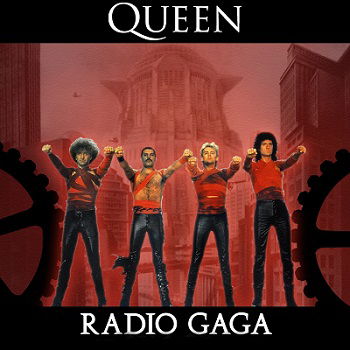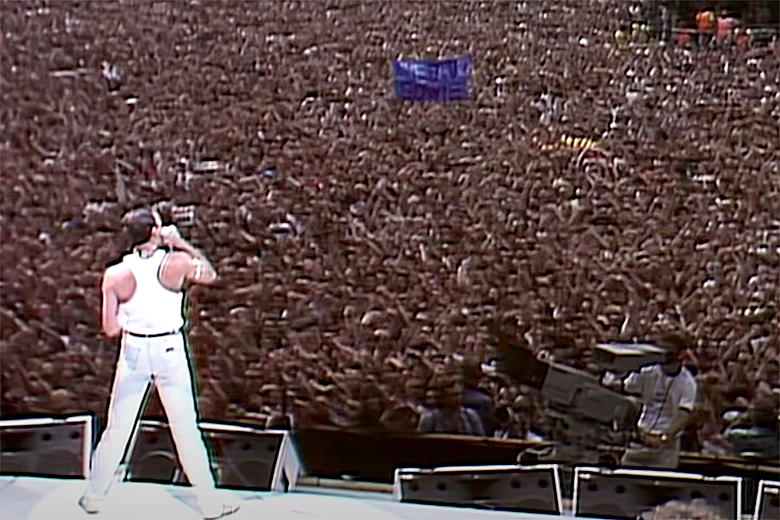Song Stories: Queen: Radio Gaga
In 1984 Queen were in a weird space, following the release of 'Hot Space' an album that had received mix reviews, and nearly ten years after the release of Bohemian Rhapsody.
Yet a song written by the bands drummer, showed their ability to evolve once again, but also offering a view on the ever changing tides of media culture. A nostalgic anthem, a commentary on the power of radio, and a subtle protest against the rapid rise of MTV and the music video era.
The song had a rather innocent beginning. Roger Taylor noticed his son complaining about the “gaga” sounds coming from the radio. The phrase struck a chord with Taylor, who felt that the golden age of radio—once the central hub for music discovery—was being eclipsed by visual media like MTV. What started as a throwaway line became a fully realized track that would speak to the collective consciousness of music lovers worldwide.
While Queen had already experienced colossal success in the ‘70s with their flamboyant performances and genre-defying albums, the band was now navigating the image-driven world of the 1980s. "Radio Ga Ga" was a way to honor their roots in radio while acknowledging the massive shift happening in the music industry following the birth of MTV.

The song saw the band embrace a new sound, a more synth driven beat, that are used to wrap up Taylor's nostalgic lyrics. The lyrics fondly recall radio’s heyday, when music and news would come directly through the airwaves, connecting people across the globe. "You had your time, you had the power / You've yet to have your finest hour," sings Freddie Mercury.
Despite what the song is about, the band went all out for the music video. Radio Ga Ga became one of Queen’s most iconic music videos. Directed by David Mallet, the video borrows heavily from Fritz Lang’s Metropolis (1927), a film that explores the balance between humanity and technology.
The music video, with its synchronized clapping and futuristic dystopia, became a cultural landmark. Queen had voiced concerns about the dominance of video but used the medium expertly, ensuring they remained relevant in a rapidly changing industry. The famous crowd-clapping sequence, immortalized in their later performances, also became a fan favorite and added a sense of unity to the song’s live renditions. Most famously in the bands 1985 Live Aid set.

Watching a sea of 72,000 people clap in unison to the rhythm of the song was a defining moment for Queen, and for Freddie Mercury’s connection with the crowd. It took them to the next level and made the band one of the biggest bands in the world once again.
In 1986 Queen would headline four nights at Wembley, following on from the legendary Live Aid performance.
Radio Gaga had a huge part to play in the bands return to the top.